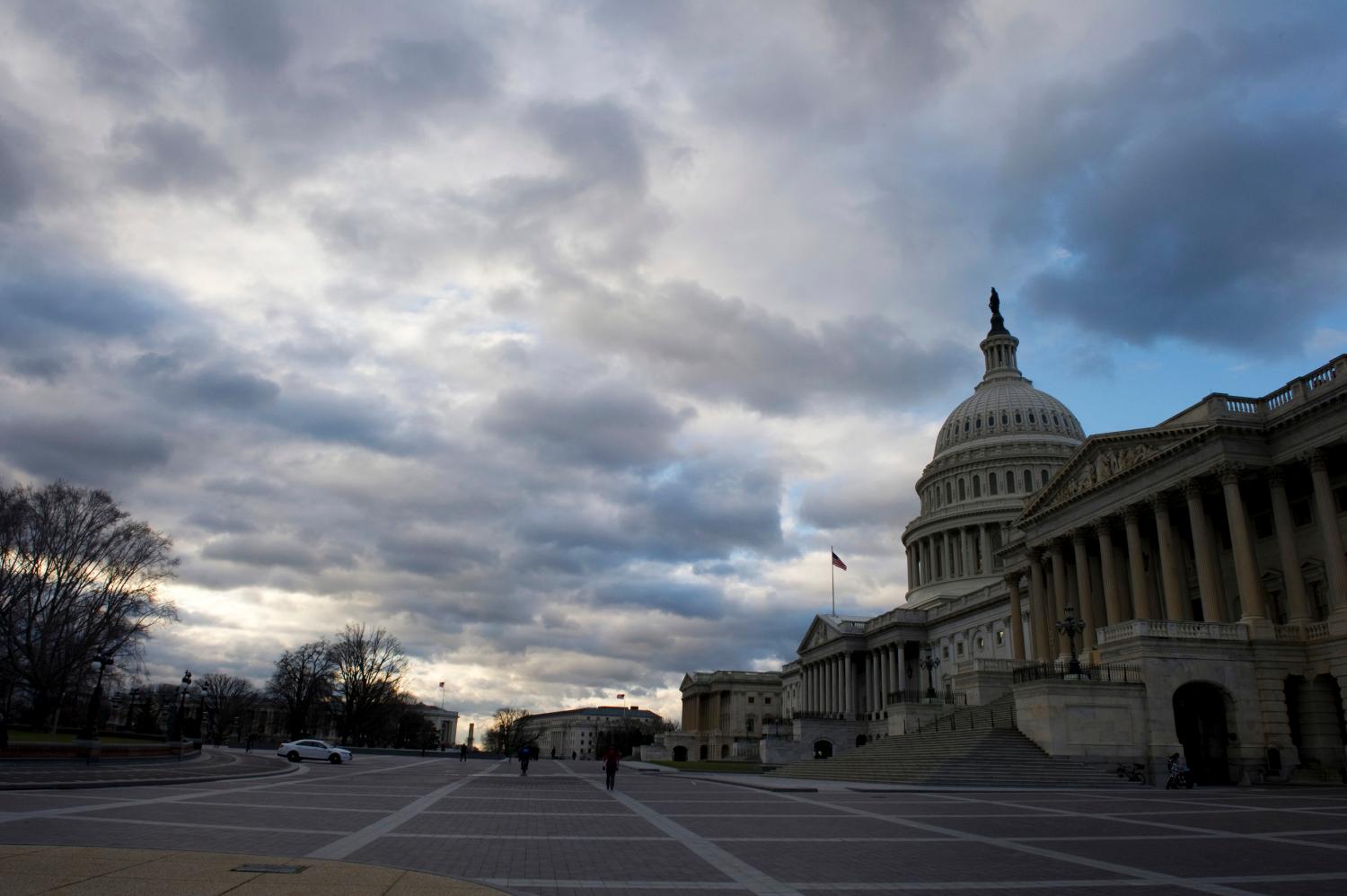Policy Brief #181
The new normal for local, state and federal governments is fiscal austerity. Although President Obama supported education during his State of the Union address and in his budget proposal to Congress, cash-strapped localities and states—which foot most of the bill for educating America’s children—may have to balance their budgets with cuts to schools and teachers. The recession exposed a long-developing structural imbalance between public expenditure versus raising the revenue for public services. Especially on education, reality has set in, with a vengeance.
Cutting public expenditure is not necessarily
a bad thing. There are, however, some activities
that have become so fundamentally governmental
and so critically important to the
nation’s future that they require special care
during a period of severe budget trimming.
Education is one such example.
The Brown Center on Education Policy at
Brookings has recently developed proposals to
ensure that federal investments in education
have impact. These proposals present the dual
advantage of low costs of implementation at
the federal level coupled with the promise of
considerable leverage at the state and local
level. Two of those proposals are presented in
this brief: increasing digital and virtual education
and expanding consumer information on
higher education.
| RECOMMENDATIONS |
||
| One important path to individual opportunity is higher levels of educational attainment. The U.S. economy is marked by an increasing economic divide between those who are educated and those who are not. In a time of fiscal austerity, every federal dollar invested in education must have a return. Congress should:
|
The Brookings Institution is committed to quality, independence, and impact.
We are supported by a diverse array of funders. In line with our values and policies, each Brookings publication represents the sole views of its author(s).



